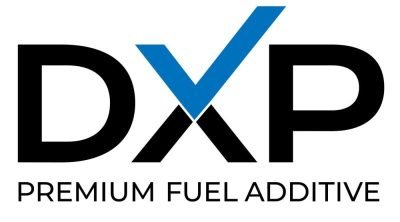
Compatibility and Enhancement of Bio-Diesel
Compared to regular diesel, biodiesel is more hygroscopic – it attracts moisture. Up to 25 times faster than regular diesel. This may lead to a phenomenon in which stored biodiesel absorbs moisture at high temperatures, which then precipitates out when the temperature drops. The process may repeat, and moisture accumulation could occur at the bottom of storage vessels.
Moisture in biodiesel storage tanks can promote algae growth that can clog fuel filters when transferred to vehicle and equipment tanks. DXP eliminates this potential by atomising moisture at the cellular level and preventing algae/fungi growth with integrated biocide agent. The improved cetane ensures effective removal of moisture from the system.
Sulfated ash is a measure of ash formed from inorganic metallic compounds. When biodiesel burns, theoretically it should produce only CO2 and water. However, in practice, biodiesel leaves some ash from unburned hydrocarbon and from inorganic impurities DXP is an organic ashless additive. The improved cetane ensures a cleaner hotter burn at combustion allowing for maximum reduction in ash deposits
A design increase of fuel lubrication of 28% was set to be achieved as the sulphur in fuel was to become 0ppm. As determined from wear rating testing against ASTM 5001 BOCLE, DXP delivers a 35% reduction in mechanical wear.
The oxidation of biodiesel can produce various acids or polymers, which, if in high enough concentration, can cause fuel system deposits and lead to filter clogging and fuel system malfunctions. DXP was engineered to deliver as a minimum 50% less injector depositing, a 15% injector clean-up and 45% improvement in residual flow. The Cummins L10 test performed on treated diesel delivered a result of 65% lower depositing and a 20.3% clean up whilst the Peugeot XUD-9 injector cleanliness test resulted in 60% improvement in residual flow.Bio-Diesel Testing
Equipment: Cummins QSK60
Location: Test Facility — Cummins Dynamometer, Hexham NSW, October 2009.
The testing was undertaken on a Cummins QSK60 at three quarter life expressly for the purpose of determining the instantaneous combustion improvement from the application of DXP to a Soy based B20 biodiesel blend. The dynamometer load and operational parameters where selected by Cummins technical as 2589 HP and 7153 Nm Torque with a consumption of 455 L/hr. The treated fuel at the same RPM delivered 2616 HP and 7218 Nm Torque with a consumption of 448 L/hr. This represents an increase in horsepower of 1% and a fuel consumption improvement of 1.5% from an instantaneous burn of treated fuel.
Also, in 2009 ISO 8178-4 E5 test cycle was performed on a Terex 4400 MTU4000 series engine in load box mode to create electrical load simulating DYNO. Measurements were taken over the gamut of cycles on fuel burn rate, power and emissions. Testing included average weighting of operational modes and delivered the following weighted results.
- Mineral Diesel treated with DXP provided a 4.0% reduction in fuel consumption with emission reductions in C02, CO, NOx and Particulates of 3.8%, 10%, 4% and 78.8% respectively.
- The B20 Biodiesel subjected to testing when treated with DXP provided a 2.9% fuel efficiency and emission reductions in C02, CO, NOx and particulates of 4.7%, 5.6% 1.8% and 77.2%
It is clear from these results DXP is placed as a technology that can greatly enhance the use of Bio-Diesel application in current fuels. DXP has now created a new blend of additive focused on Industrial and Marine applications where the effective removal of moisture is a priority. These issues as mentioned above can be present in long storage, marine application and higher concentrations in the use of Bio-Diesel. The new additive allows for up to 30% moisture removal and integration while still maintaining an improved cetane rating to allow for effective removal of moisture from the system.
Common Rail Diesel with the high pressure systems are optimised and protected.
We can customise our additive to meet specific industry needs relating to current issues that are experienced.